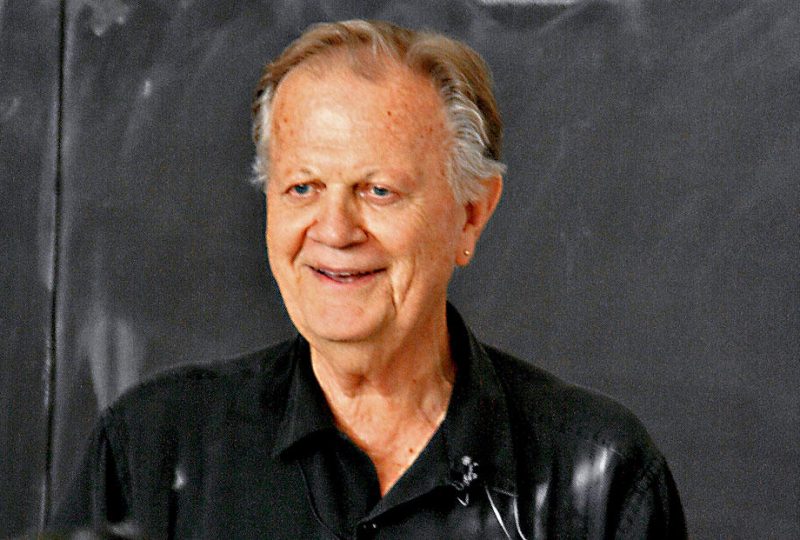


Roughly 1.5 million Hmong live in Vietnam, Laos, Thailand, and Myanmar (Lee, “Diaspora,” 3). … The majority of them-four to six million-still live in mainland China” (Bloomfield, Hmong Americans, 2). Today, Hmong people can be found “on five continents throughout the world. The Hmong of other countries have experienced similar patterns, which have led to more publications … by Hmong writers and scholars” (1). He further observes that “this has gradually changed during the last three decades, as Hmong Americans have undergone the transition from pre-literacy to literacy. Many scholars believe that “Hmong” means “people” or, as Lee asserts, “man” or “human being.” The notion that “Hmong” means “free” gained some currency in the US in the 1990s, but Lee argues that this correlation is quite recent and reflects, on the one hand, Asian “stereotypes of the Hmong as an aggressively warlike and independent people” and, on the other, “American notions of freedom and individualism” (“Thousand-Year Myth,” 5).ĥ Yang, “Commentary,” 1.


 0 kommentar(er)
0 kommentar(er)
